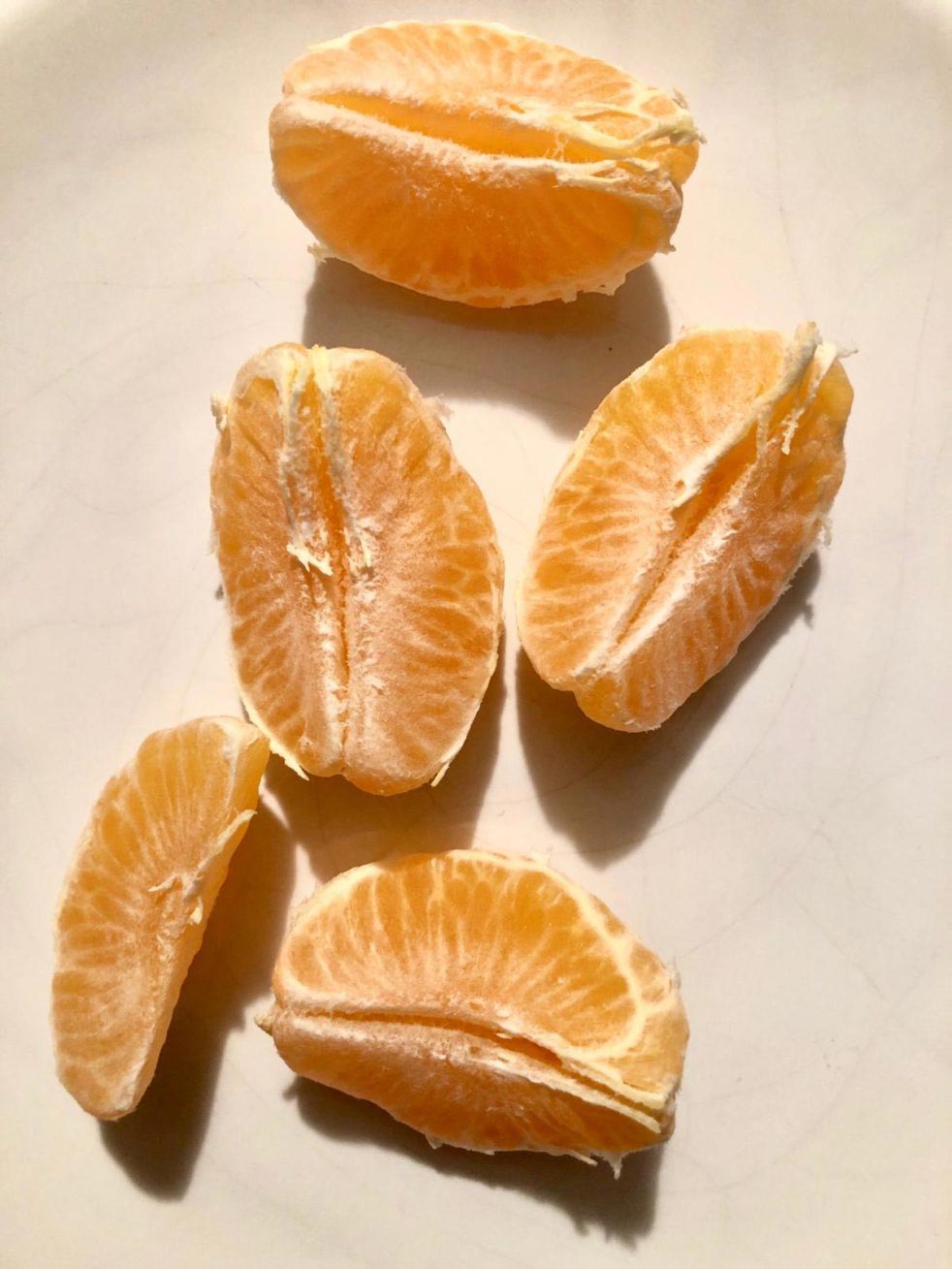Phonics and scripts
A friend of mine is currently doing an advanced training course on dialogue facilitation. She was telling me about her course and something she said resonated with me about the work we do in training teachers to deliver our phonics approach. The aim of the programme she is learning to facilitate is to explore cross-cultural… Continue reading Phonics and scripts








